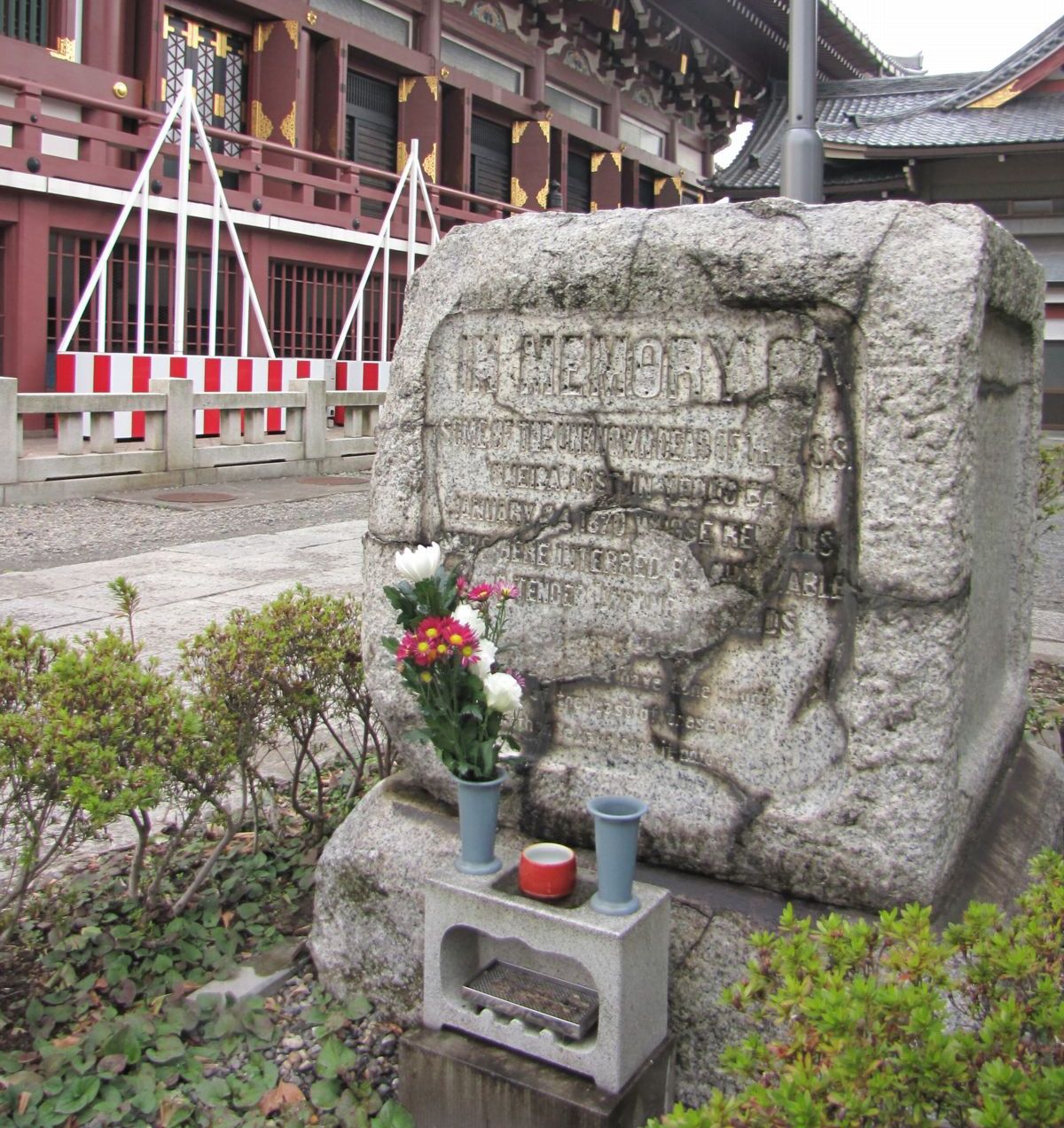Ikegami Honmon-ji on:
[Wikipedia]
[Google]
[Amazon]



 is a temple of the Nichiren Shū south of
is a temple of the Nichiren Shū south of
Ikegami Honmon-ji history and description
150 worshippers playing hand drums simultaneously while chanting Nammyo Horen Geikyo from



 is a temple of the Nichiren Shū south of
is a temple of the Nichiren Shū south of Tokyo
Tokyo (; ja, 東京, , ), officially the Tokyo Metropolis ( ja, 東京都, label=none, ), is the capital and List of cities in Japan, largest city of Japan. Formerly known as Edo, its metropolitan area () is the most populous in the world, ...
, erected where Nichiren
Nichiren (16 February 1222 – 13 October 1282) was a Japanese Buddhist priest and philosopher of the Kamakura period.
Nichiren declared that the Lotus Sutra alone contains the highest truth of Buddhist teachings suited for the Third Age of ...
is said to have died. Also Nichiren's disciple
Nikkō spent the rest of his life at this temple. The temple grounds also include Nichiren Shū's administrative headquarters.
A short walk from Ikegami Station ( Tōkyū Ikegami Line) or Nishi-Magome Station (Toei Asakusa Line
The is a subway line in Tokyo, Japan, operated by the Tokyo subway operator Toei Subway. The line runs between in Ōta and in Sumida. The line is named after the Asakusa district, a cultural center of Tokyo, under which it passes.
The Asa ...
), Ikegami Honmon-ji contains a number of buildings, most of which have been reconstructed since the bombing of 15 March 1945. They include the Important Cultural Property designated five-storey pagoda
A pagoda is an Asian tiered tower with multiple eaves common to Nepal, India, China, Japan, Korea, Myanmar, Vietnam, and other parts of Asia. Most pagodas were built to have a religious function, most often Buddhist but sometimes Taoist, ...
built in 1608, the ''kyōzō
in Japanese Buddhist architecture is a repository for sūtras and chronicles of the temple history. It is also called , , or . In ancient times the ''kyōzō'' was placed opposite the belfry on the east–west axis of the temple. The earliest ex ...
'' (, repository of religious writings) built in 1784, and the '' hōtō'' (), built in 1781 where Nichiren was cremated. Other buildings have been rebuilt, or newly constructed, since 1945.
Now in Ōta-ku, suburban Tokyo, Ikegami Honmon-ji was at some distance from the city until the mid-20th century. Basil Hall Chamberlain and W. B. Mason wrote of it in 1907: "Its fine situation and magnificent timber make it one of the most attractive points within easy reach of Tōkyō."Basil Hall Chamberlain and W. B. Mason, ''A Handbook for Travellers in Japan,'' 8th ed. (London: John Murray, 1907), 138.
The area between the station and the temple hosts a large festival, O-Eshiki (), from 11 to 13 October, with ''mandō'' (, an elaborate representation of a lantern stand) and ''matoi
A was a flag used in Edo period Japan by to notify people of a fire near or within a building. It was taken up on a roof near the burning building by the and waved to draw the attention of other groups of firefighters, who would then hurry ...
''; thousands of worshippers visit the temple.
See also
* For an explanation of terms concerning Japanese Buddhism, Japanese Buddhist art, and Japanese Buddhist temple architecture, see theGlossary of Japanese Buddhism
This is the glossary of Japanese Buddhism, including major terms the casual (or brand-new) reader might find useful in understanding articles on the subject. Words followed by an asterisk (*) are illustrated by an image in one of the photo galle ...
. Also, a memorial tablet for the sinking of the American warship USS Oneida (1861)
The second USS ''Oneida'' was a ''Mohican''-class screw sloop-of-war in the United States Navy. During the Civil War, she destroyed the CSS ''Governor Moore'' and served in blockade operations. She was attached to the Asiatic Squadron from 1 ...
which was rammed and sank outside Yokohama
is the second-largest city in Japan by population and the most populous municipality of Japan. It is the capital city and the most populous city in Kanagawa Prefecture, with a 2020 population of 3.8 million. It lies on Tokyo Bay, south of T ...
by the British steamer ''Bombay'' on 24 January 1870, with a loss of 125 people, was placed at the temple in May 1889, after a Buddhist ceremony was held in memory of the lost sailors.
Notes
External links
Ikegami Honmon-ji history and description
150 worshippers playing hand drums simultaneously while chanting Nammyo Horen Geikyo from
The Internet Archive
The Internet Archive is an American digital library with the stated mission of "universal access to all knowledge". It provides free public access to collections of digitized materials, including websites, software applications/games, music, ...
*USS Oneida (1861)
The second USS ''Oneida'' was a ''Mohican''-class screw sloop-of-war in the United States Navy. During the Civil War, she destroyed the CSS ''Governor Moore'' and served in blockade operations. She was attached to the Asiatic Squadron from 1 ...
Sinking of the USS Oneida (1861)
The second USS ''Oneida'' was a ''Mohican''-class screw sloop-of-war in the United States Navy. During the Civil War, she destroyed the CSS ''Governor Moore'' and served in blockade operations. She was attached to the Asiatic Squadron from 1 ...
.
{{Authority control
Buddhist temples in Tokyo
Nichiren-shū temples
Ōta, Tokyo